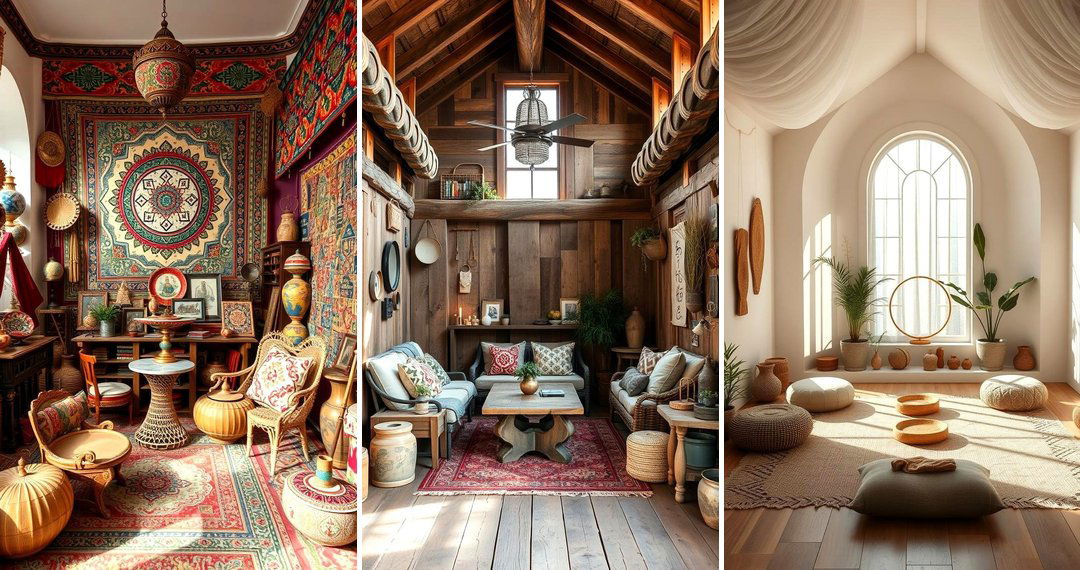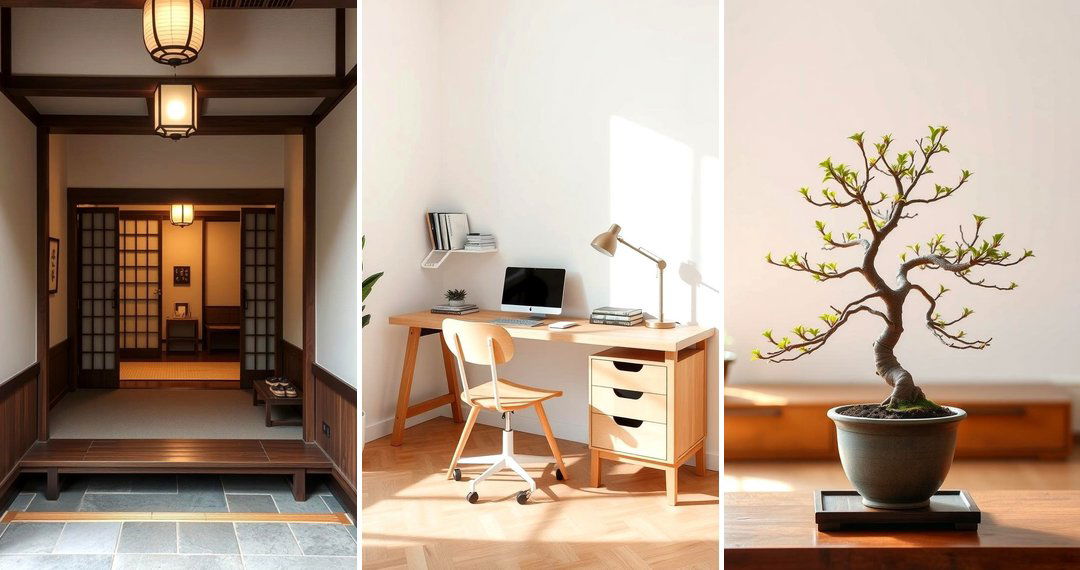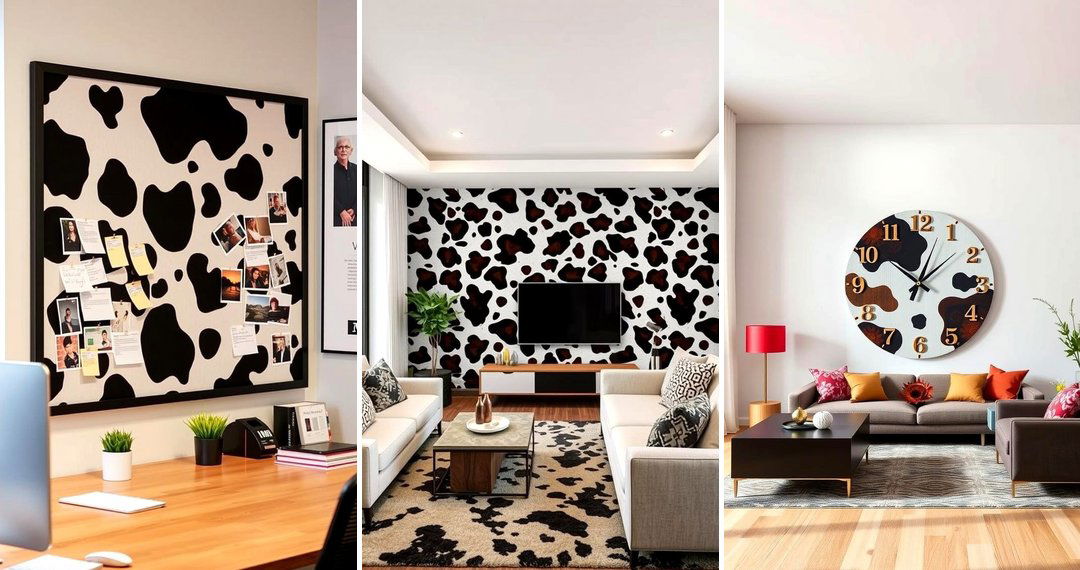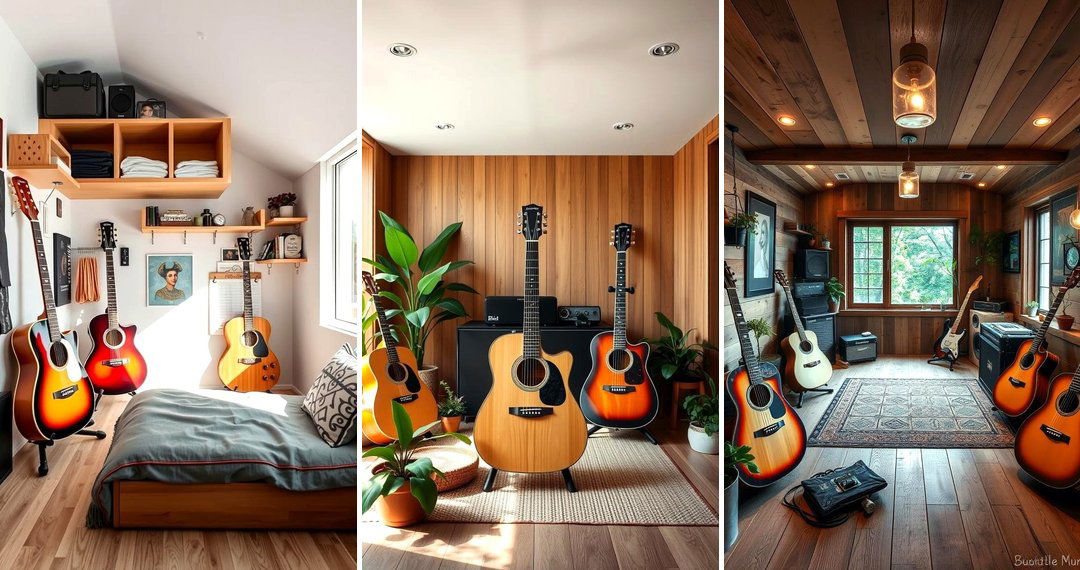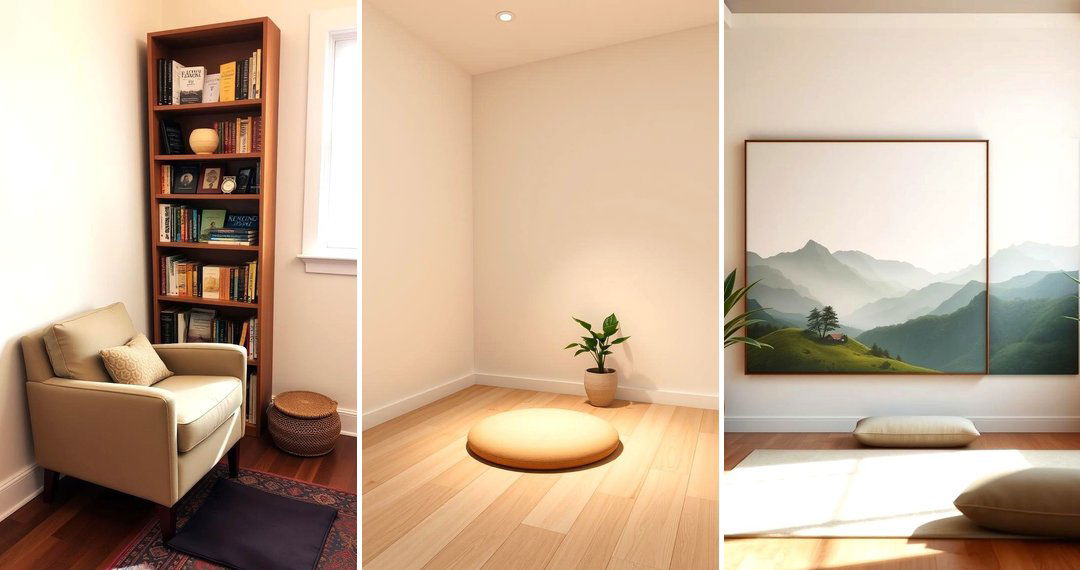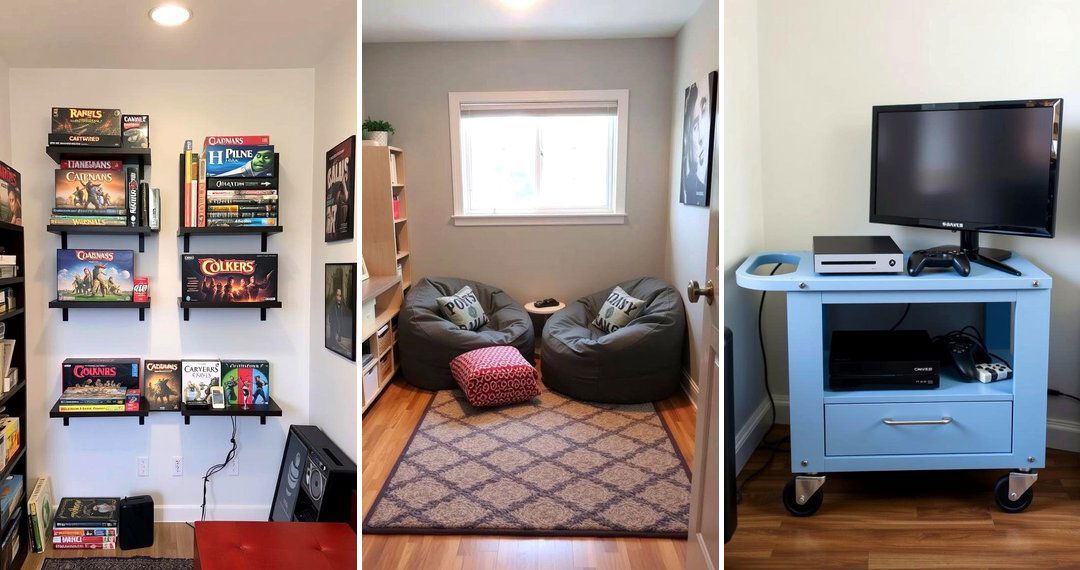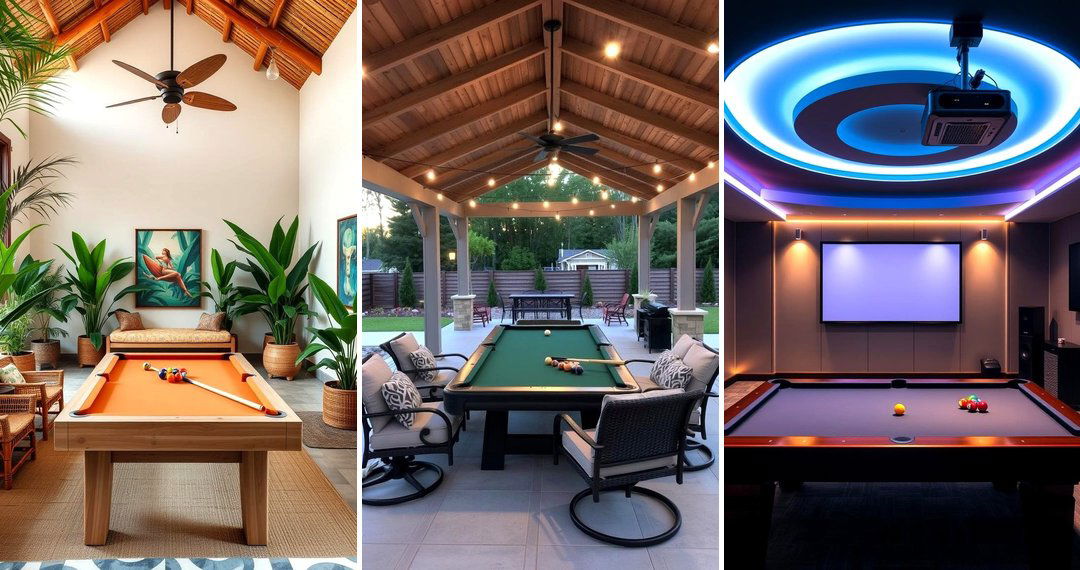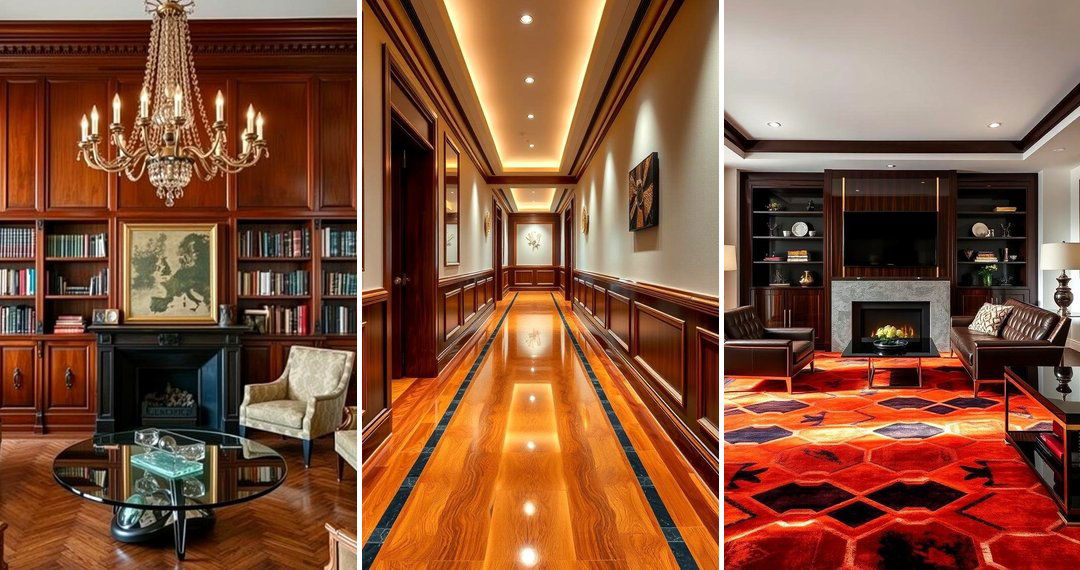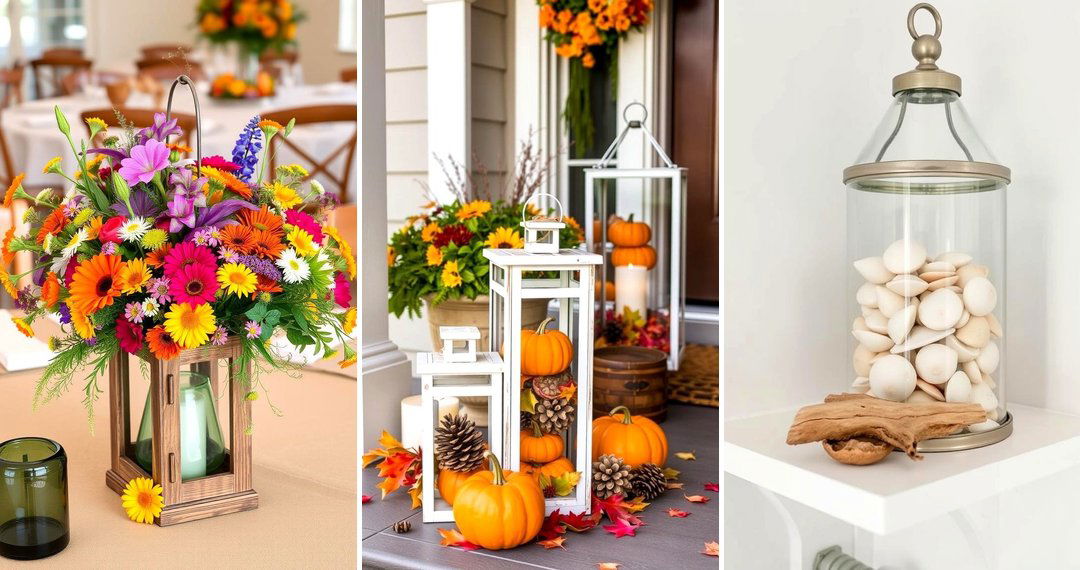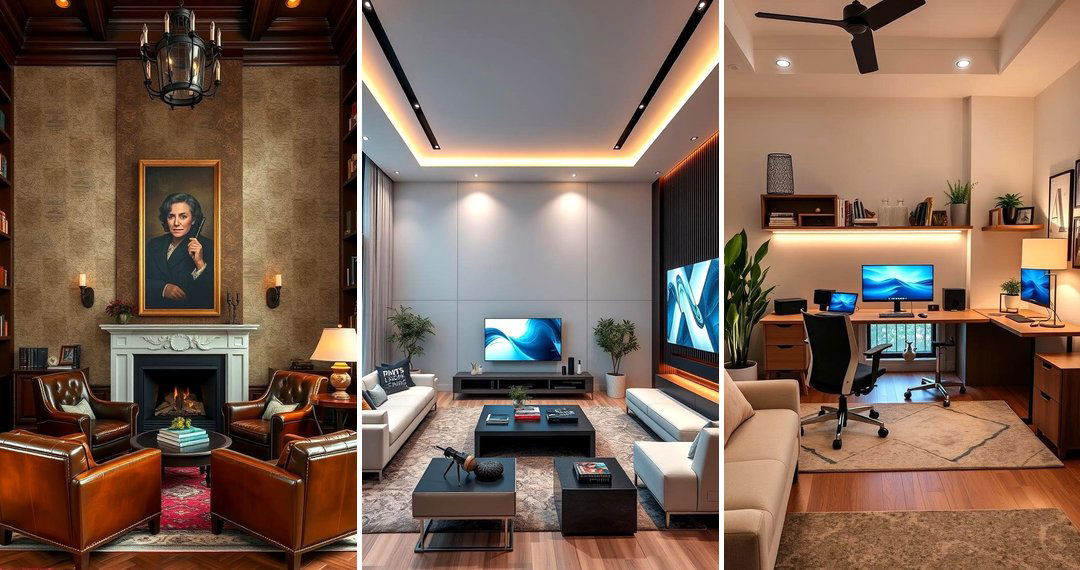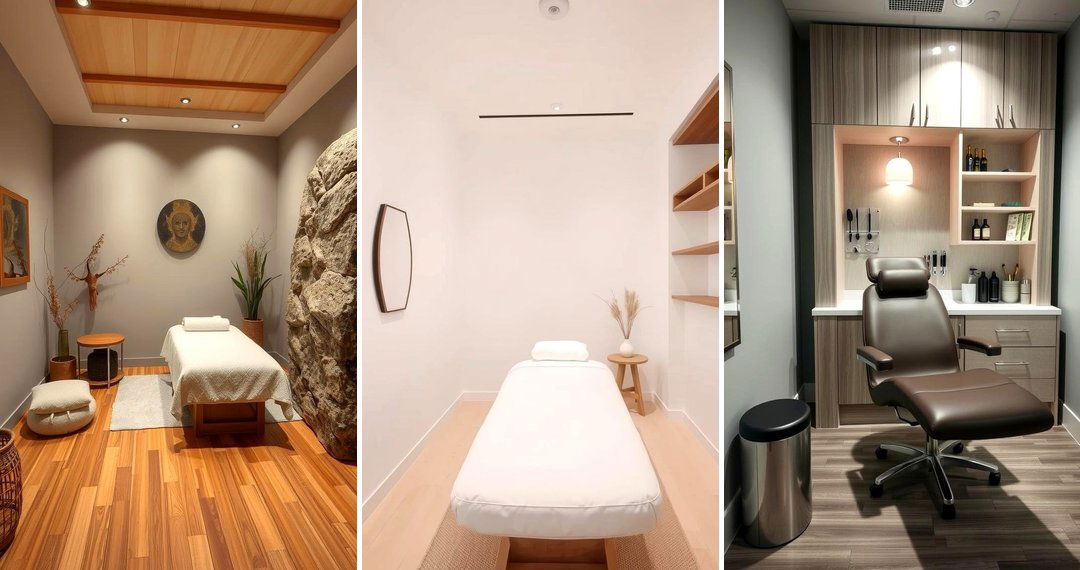Welcome to a journey of tranquility and rejuvenation as we explore the transformative power of Zen Room Ideas. In our fast-paced lives, creating a personal sanctuary where peace and mindfulness can flourish is more crucial than ever. By thoughtfully curating our living spaces, we can cultivate an environment that actively supports our well-being and encourages a sense of calm amidst the chaos. Let's delve into a collection of inspiring concepts that will guide you in crafting your very own haven of serenity, embracing the essence of Zen in every detail of your home.
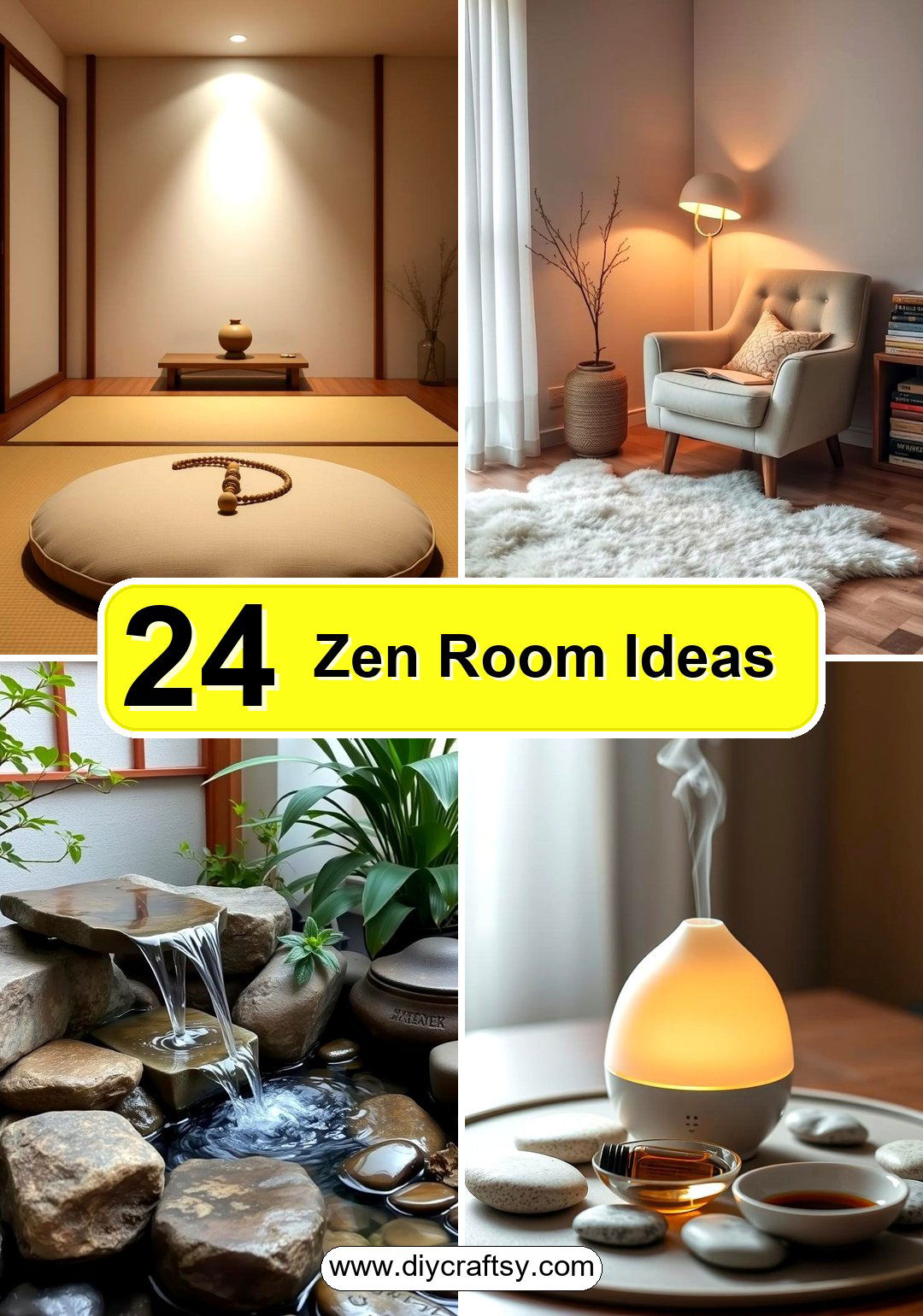
1. Embrace Minimalist Decor
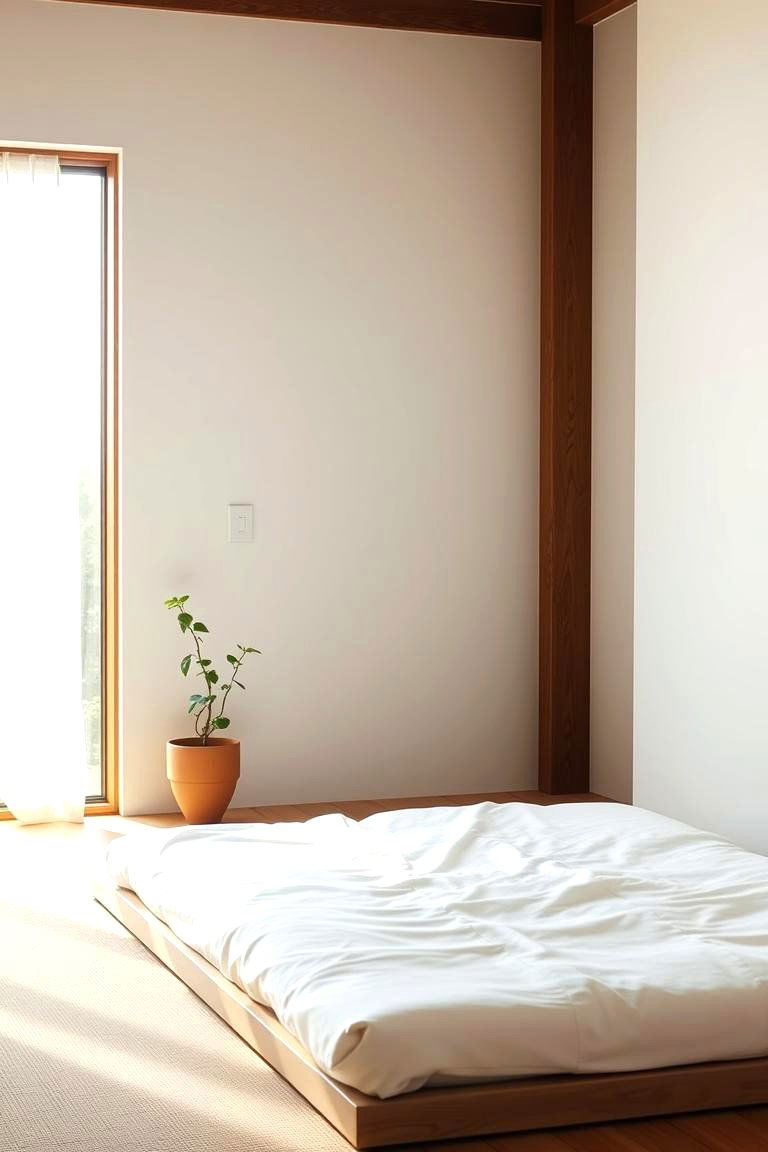
The core of Zen philosophy lies in simplicity, and this translates beautifully into interior design. By opting for minimalist decor, you create a space free from distractions, allowing your mind to find stillness. Focus on essential pieces that serve a purpose, choosing clean lines and uncluttered surfaces. This approach not only promotes a sense of visual peace but also makes cleaning and organizing much easier, contributing to an overall feeling of calm and control within your Zen room.
2. Maximize Natural Light
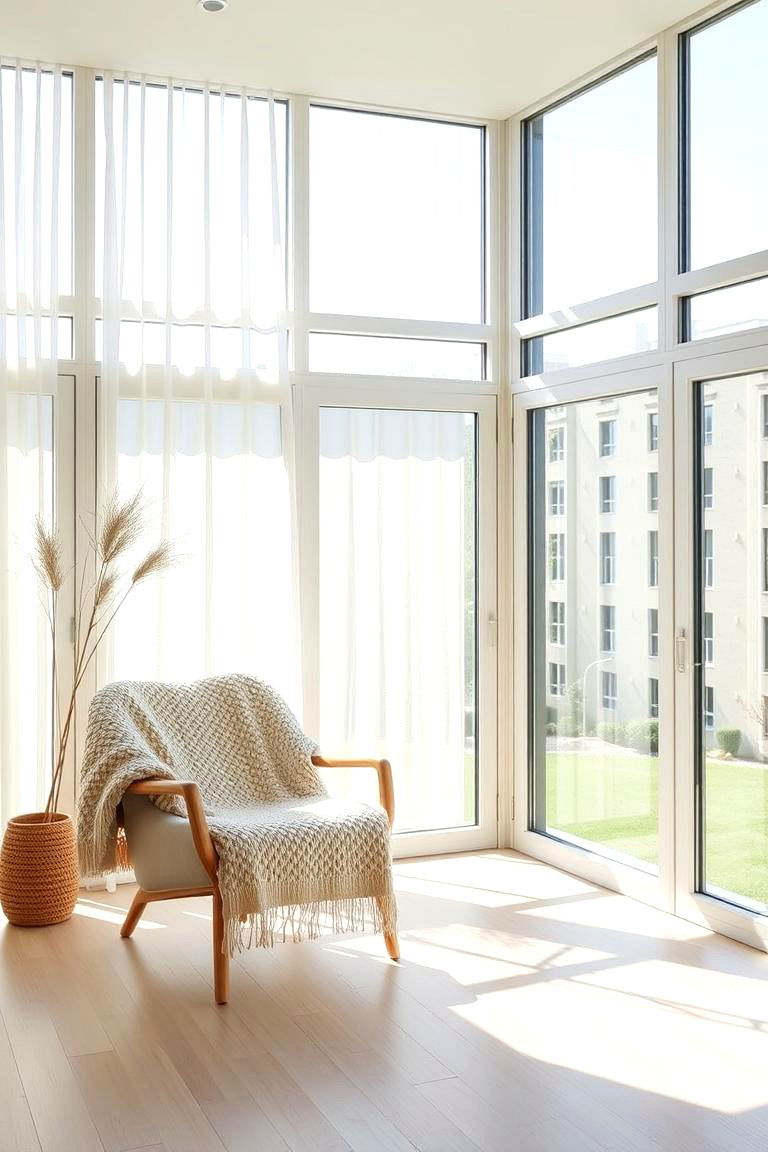
One of the most effective ways to create a serene atmosphere is by harnessing the power of natural light. Consider arranging your Zen room to take full advantage of sunlight, as it has been shown to boost mood and reduce stress. Sheer curtains or blinds can help diffuse harsh light while still allowing plenty of brightness to filter through. Placing a mirror strategically can also help to amplify natural light, making the room feel more open and airy, further enhancing the feeling of tranquility.
3. Introduce Indoor Plants
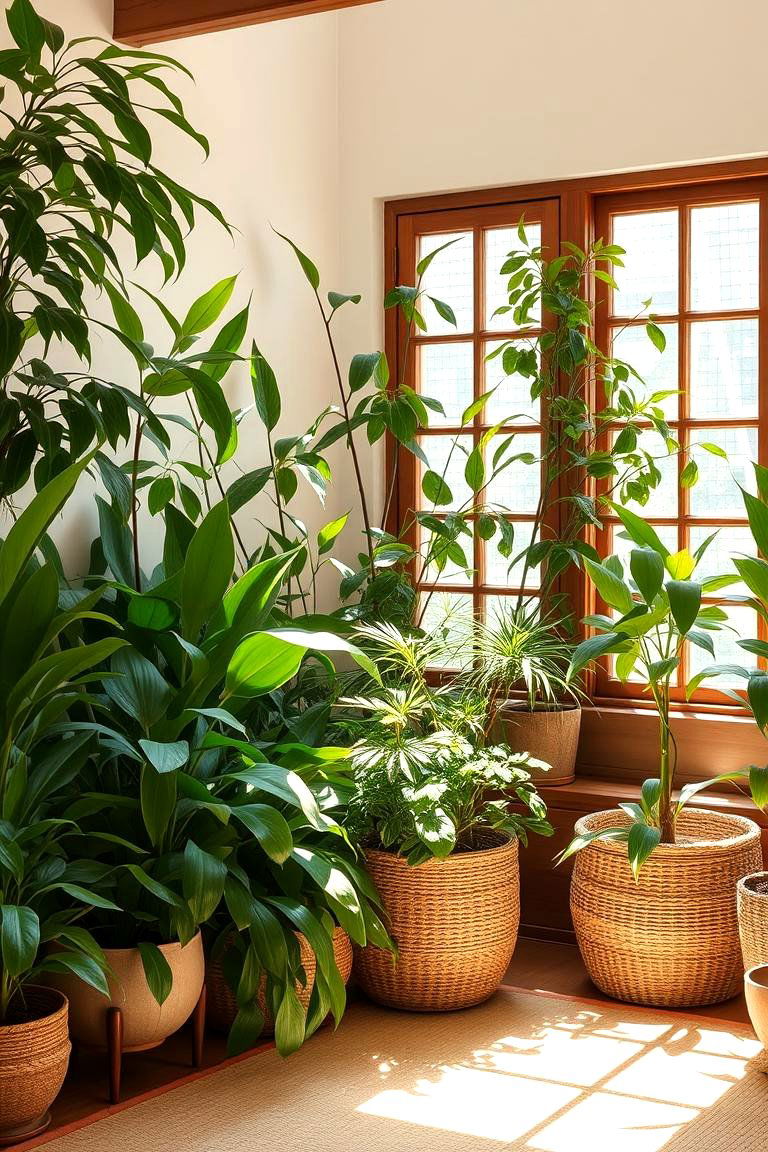
Bringing elements of nature indoors is a cornerstone of creating a Zen environment. Indoor plants not only add a touch of vibrancy and life to your space but also offer numerous health benefits, such as purifying the air and reducing stress levels. Choose plants with calming qualities, such as bamboo, snake plants, or peace lilies, and arrange them thoughtfully throughout the room. The simple act of caring for plants can also be a mindful practice, connecting you to the natural world.
4. Opt for a Calming Color Palette
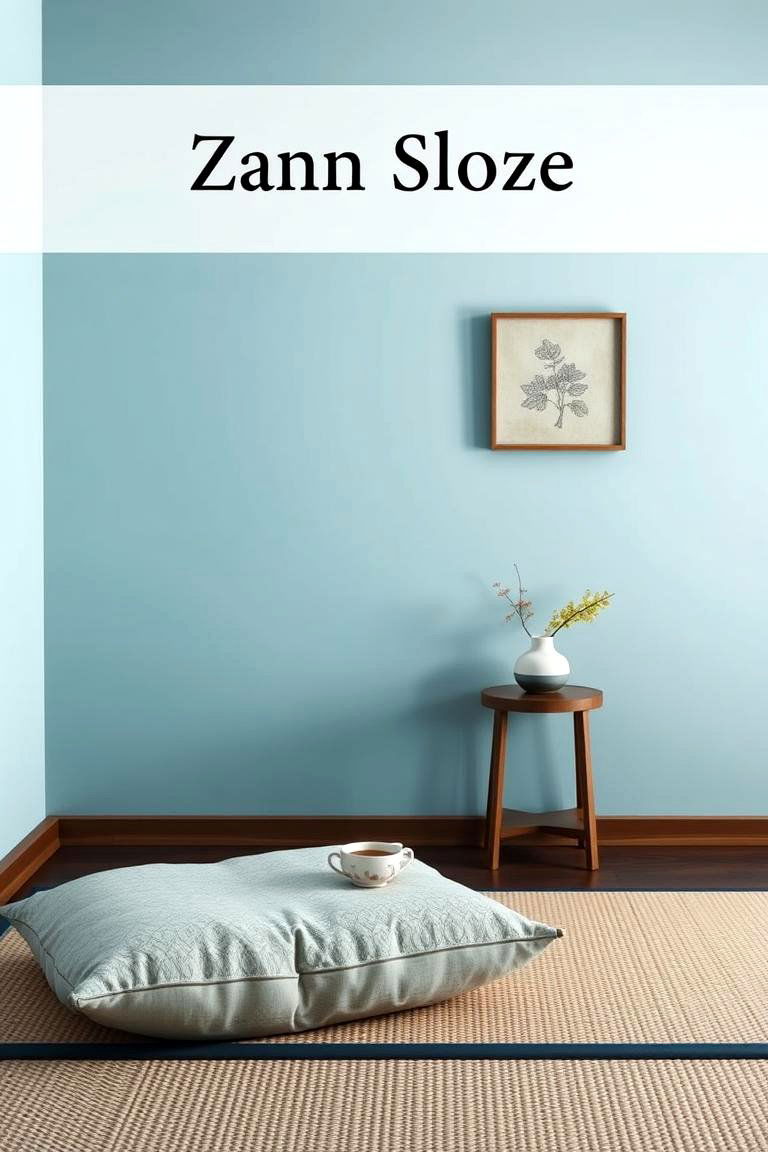
The colors you choose for your Zen room can significantly impact its overall ambiance. Soft, neutral tones like whites, creams, grays, and muted blues or greens are ideal for creating a sense of peace and tranquility. These colors are gentle on the eyes and promote relaxation. Consider using different shades of the same color to add depth and interest without disrupting the calming effect. Remember that color psychology plays a vital role in mood regulation.
5. Incorporate Comfortable Seating
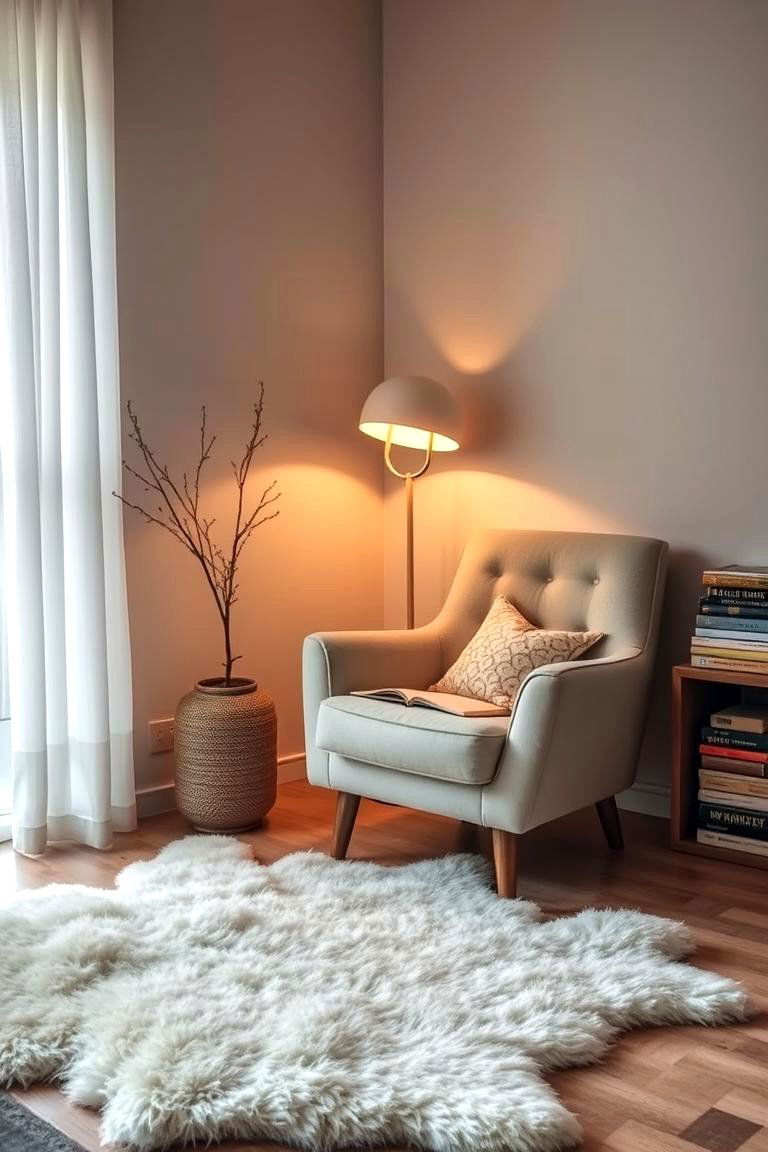
A Zen room should be a place where you feel completely at ease, and comfortable seating is essential for achieving this. Think about incorporating soft, plush cushions, a cozy armchair, or even a floor cushion for meditation. The goal is to have a designated spot where you can comfortably sit and unwind, whether you're reading, meditating, or simply taking a few moments to yourself. Ensure the seating arrangement encourages relaxation and supports good posture.
6. Layer with Soft Textures

To enhance the feeling of comfort and warmth in your Zen room, introduce a variety of soft textures. Think about adding a plush rug, soft throw blankets, and cushions with different tactile qualities. Natural materials like cotton, linen, and wool are excellent choices as they feel pleasant against the skin and contribute to a sense of organic calm. These textures invite you to sink in and relax, promoting a feeling of security and well-being.
7. Maintain a Decluttered Space
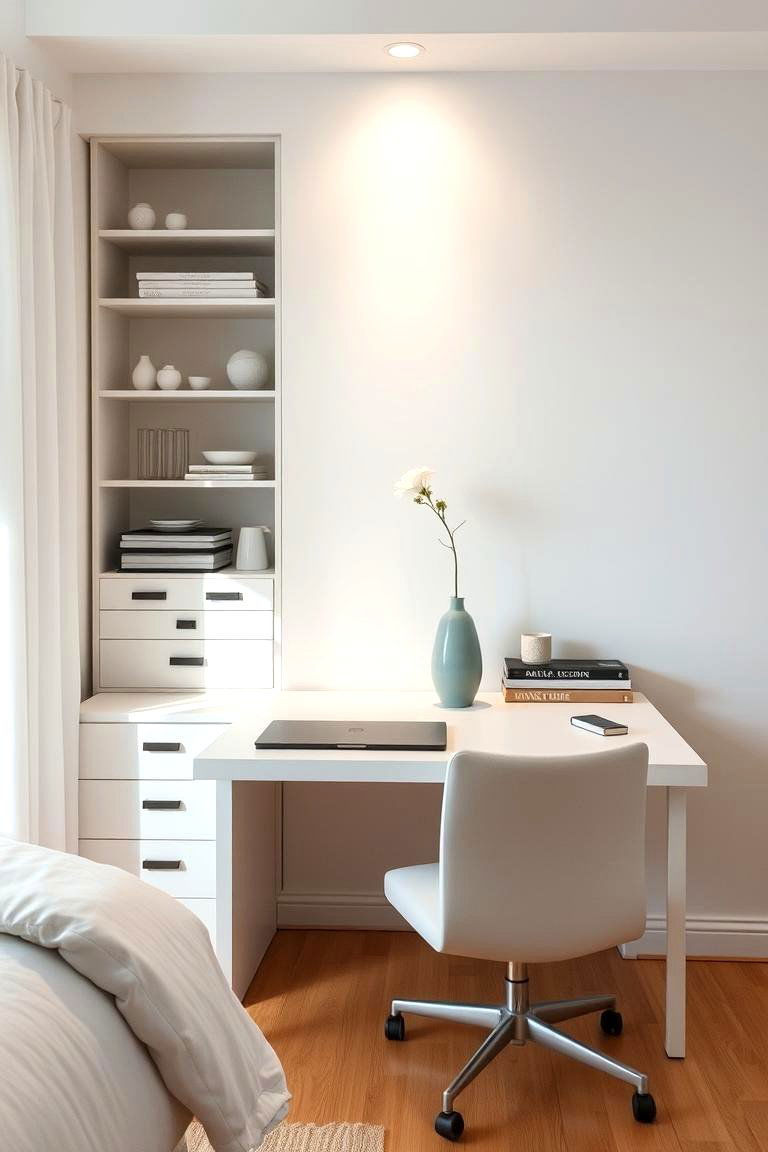
Clutter can be mentally and visually overwhelming, directly counteracting the principles of Zen. Therefore, keeping your Zen room tidy and decluttered is paramount. Implement smart storage solutions to keep belongings out of sight, such as baskets, drawers, and shelves. Regularly declutter to remove anything that no longer serves a purpose or brings you joy. A clean and organized space promotes a sense of mental clarity and peace.
8. Integrate an Aromatherapy Diffuser
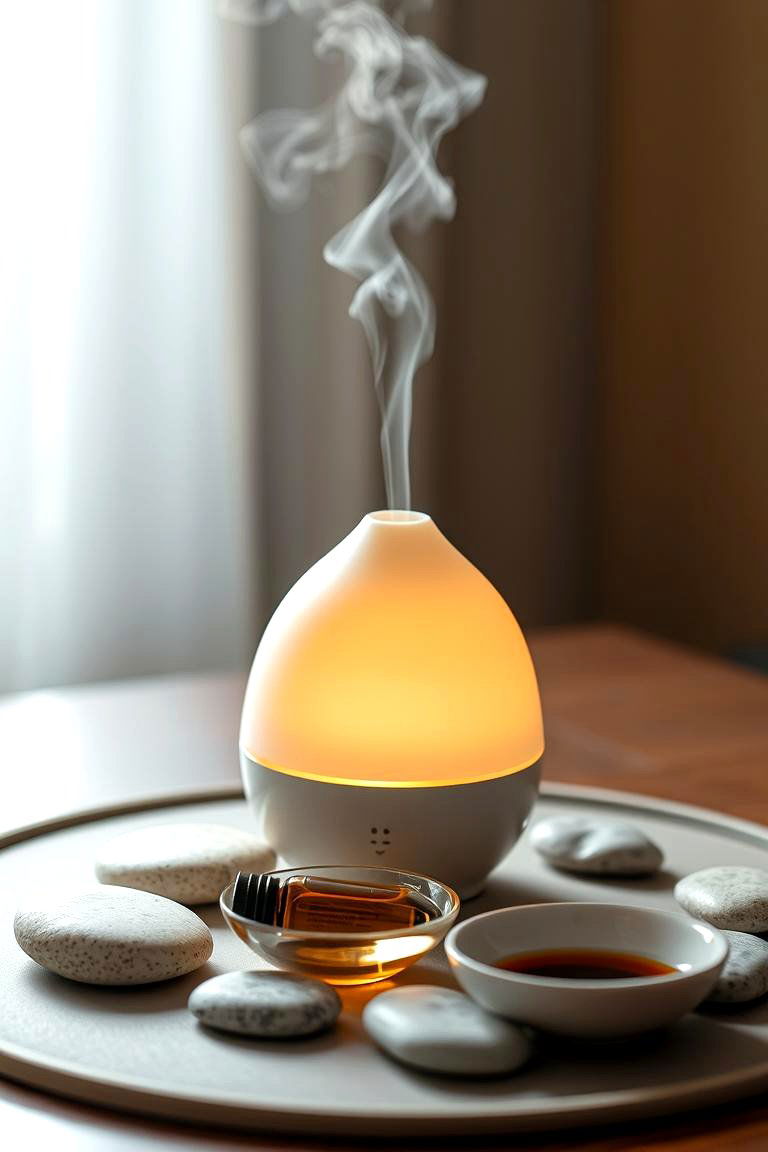
Engage your sense of smell to further enhance the Zen atmosphere of your room. An aromatherapy diffuser can gently release calming essential oils like lavender, chamomile, or sandalwood into the air, promoting relaxation and reducing stress. The subtle fragrance can create a soothing and inviting environment, perfect for meditation or simply unwinding after a long day. Choose essential oil blends that resonate with your personal preferences and desired mood.
9. Include a Meditation Cushion
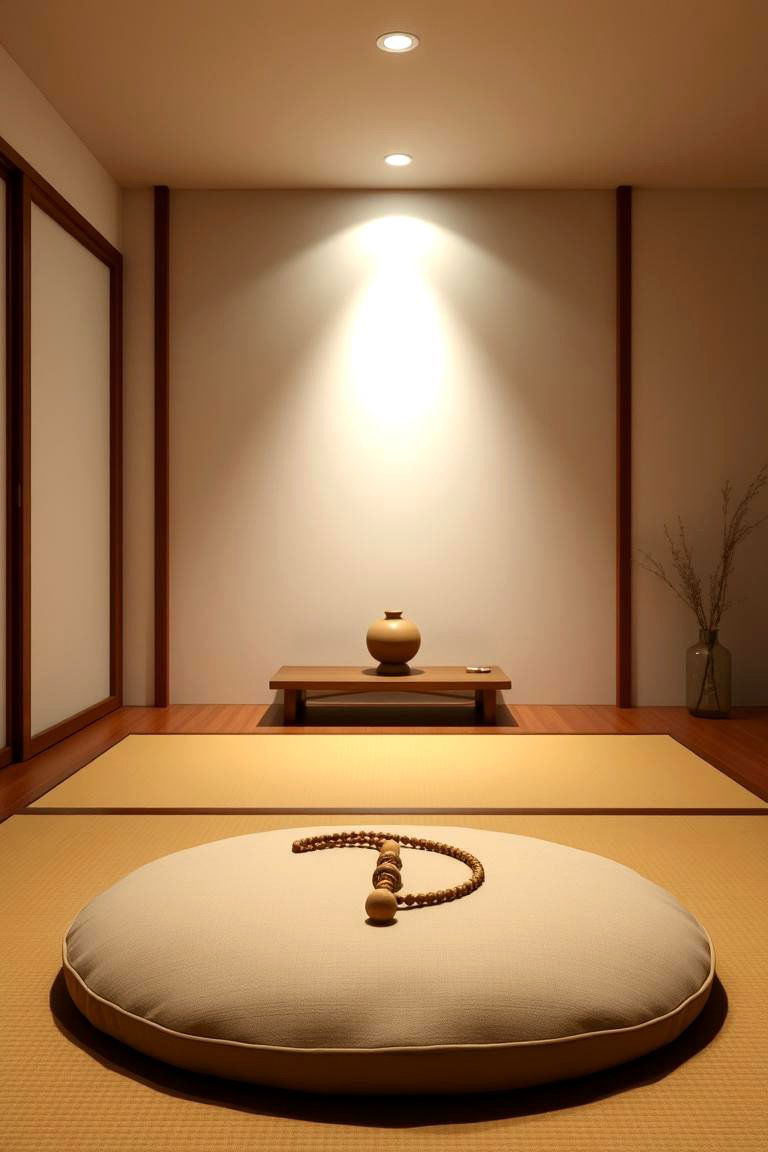
For those who practice meditation, a dedicated meditation cushion is a valuable addition to a Zen room. A comfortable and supportive cushion can help you maintain proper posture during your practice, allowing for deeper relaxation and focus. Choose a cushion that suits your body and preferences, considering factors like height and firmness. Having a designated space and prop for meditation can help to establish a consistent and effective practice.
10. Designate a Yoga Mat Space
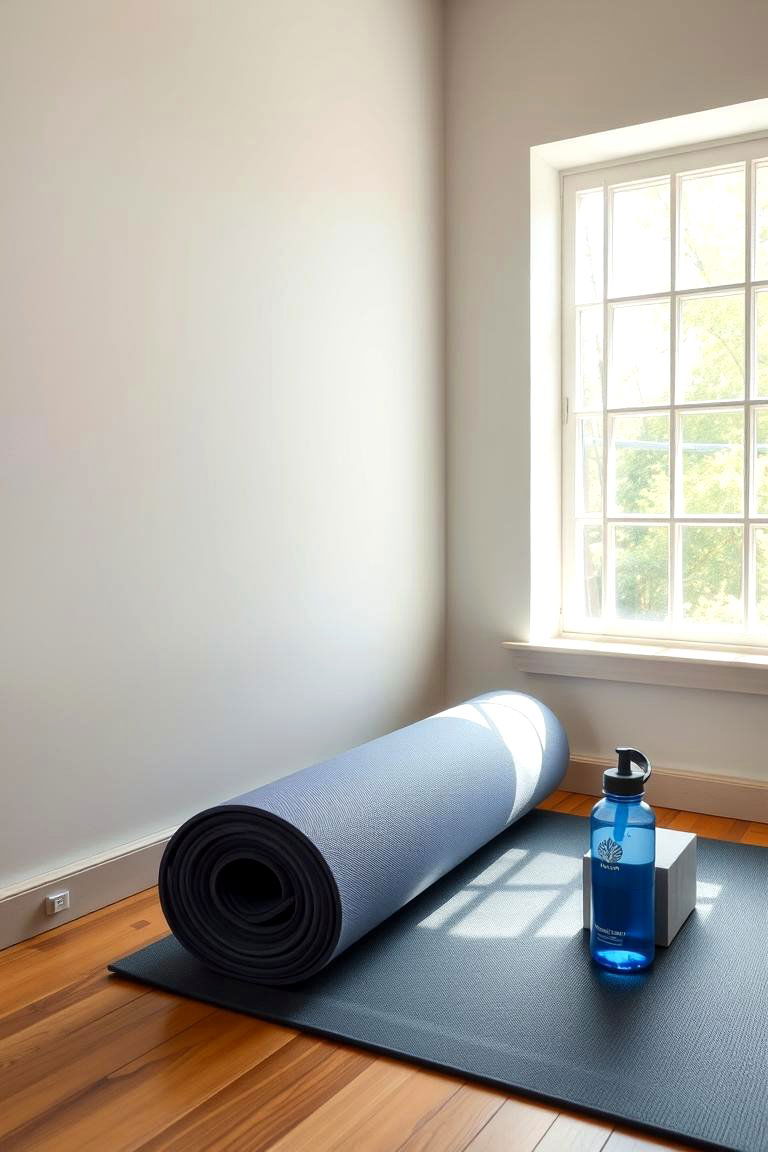
If yoga is part of your wellness routine, consider allocating a specific area in your Zen room for your yoga mat. This could be a corner of the room or a space near a window with good natural light. Having your mat readily accessible can encourage you to practice more frequently. Consider adding other yoga props like blocks or straps to complete your at-home yoga sanctuary.
11. Incorporate Soundproofing Elements
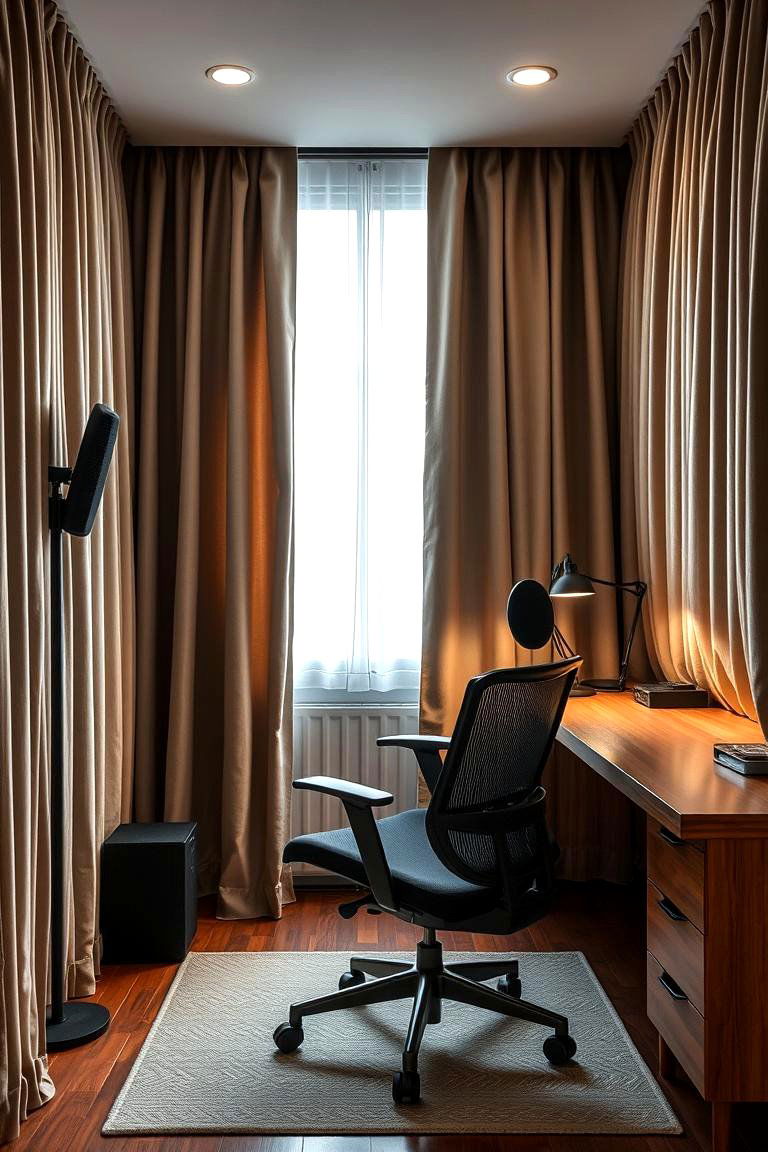
External noise can easily disrupt the tranquility of your Zen room. To create a truly peaceful environment, consider incorporating soundproofing elements. This could include thick curtains, rugs, or even acoustic panels on the walls. Reducing unwanted noise will help you to feel more secluded and focused, allowing for deeper relaxation and mindfulness practices.
12. Introduce a Nature Sounds Machine
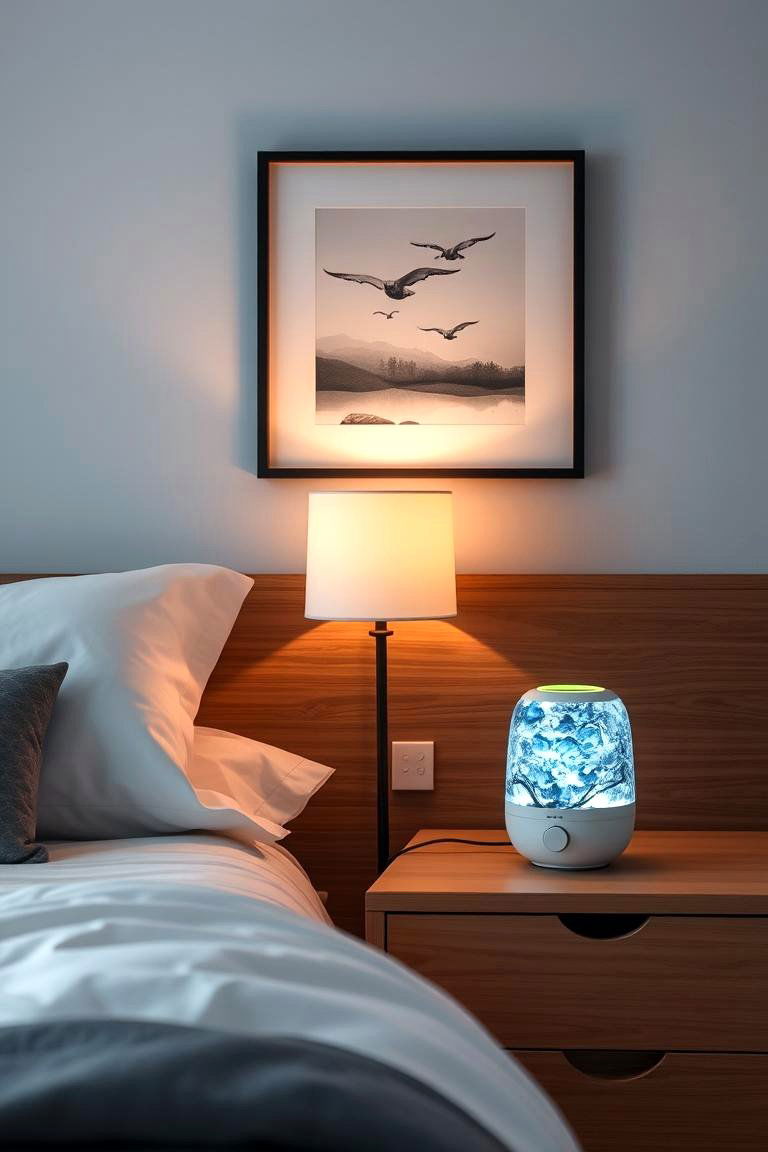
While soundproofing is important, incorporating calming sounds can also enhance the Zen experience. A nature sounds machine that plays sounds like gentle rain, ocean waves, or forest ambiance can help to mask distracting noises and create a soothing backdrop for relaxation or meditation. Choose sounds that resonate with you and find a comfortable volume level to promote a sense of peace.
13. Create a Personal Sanctuary Nook
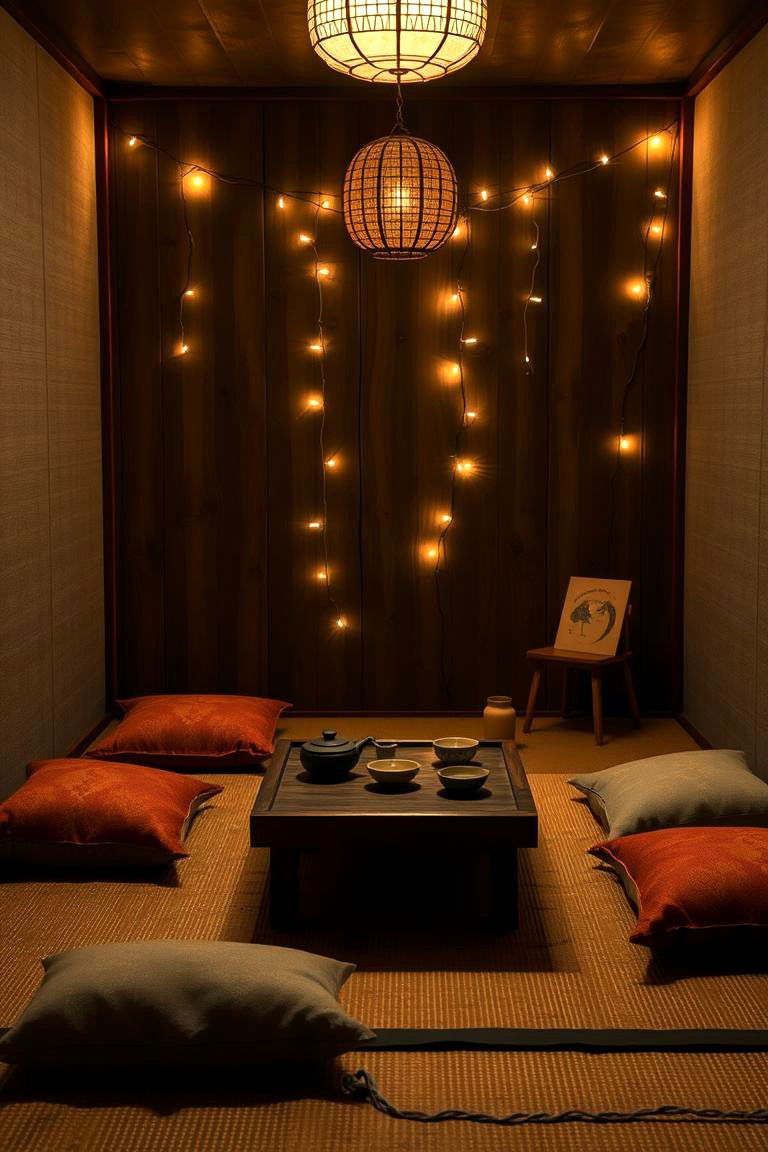
Within your Zen room, consider creating a smaller, more intimate sanctuary nook. This could be a cozy corner with comfortable seating, soft lighting, and perhaps a small table for a cup of tea or a journal. This designated space can serve as your personal retreat within the room, a place where you can feel safe, comfortable, and completely at peace.
14. Display Inspiring Artwork

Thoughtfully chosen artwork can contribute to the overall Zen aesthetic of your room. Opt for pieces that evoke feelings of peace, tranquility, or inspiration. This could be nature-inspired prints, abstract art with calming colors, or even your own creations. Ensure the artwork resonates with you personally and contributes to the serene atmosphere you are trying to create.
15. Establish a Dedicated Reading Corner
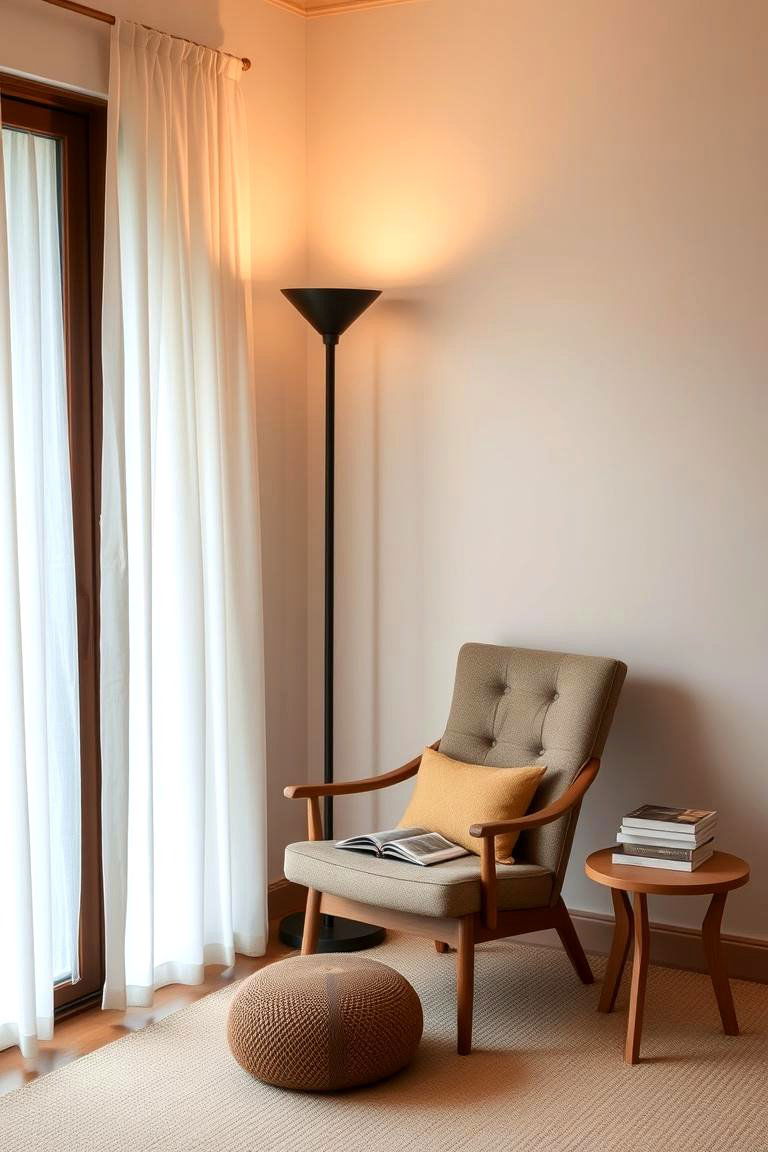
For many, reading is a relaxing and mindful activity. Creating a dedicated reading corner in your Zen room can encourage this practice. Include a comfortable chair with good support, adequate lighting (such as a floor lamp or a wall-mounted light), and perhaps a small side table for your books and a warm beverage. This dedicated space invites you to slow down and immerse yourself in a good book.
16. Designate a Tech-Free Zone
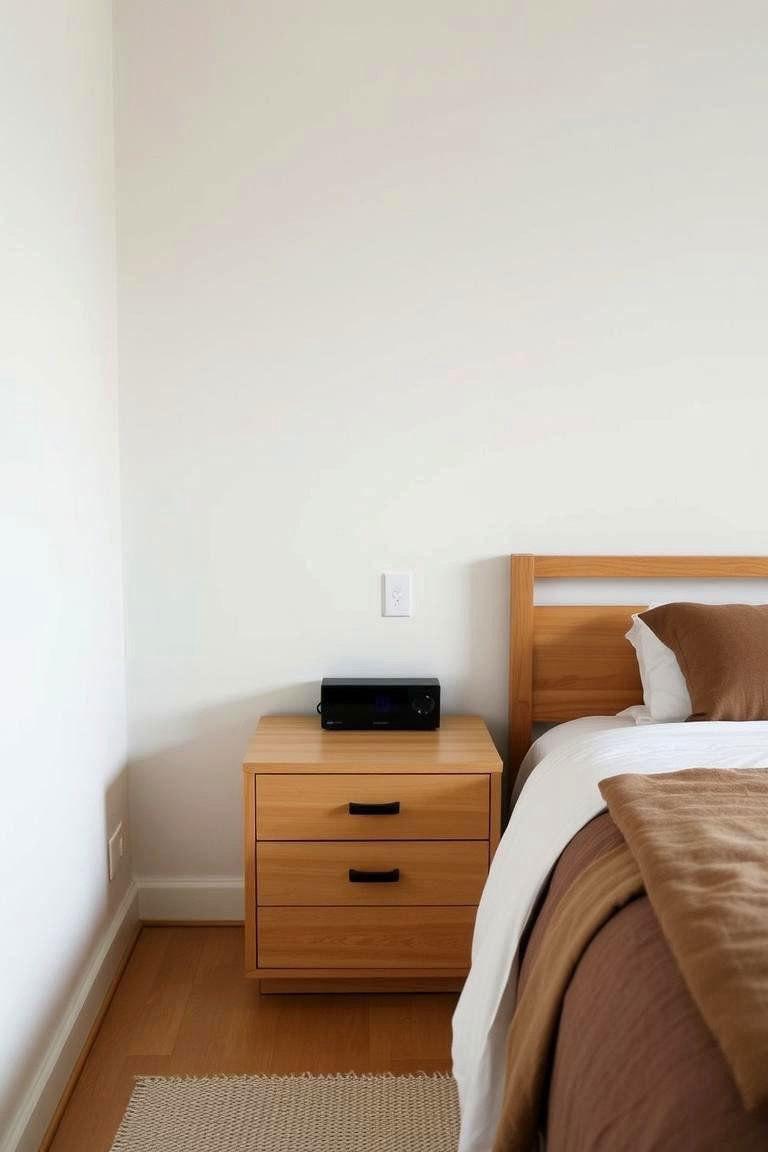
In our digitally saturated world, designating your Zen room as a tech-free zone can be incredibly beneficial for promoting relaxation and mindfulness. Leave your phone, laptop, and other electronic devices outside the room to fully disconnect and be present in the moment. This allows you to truly unwind and focus on activities that nurture your well-being.
17. Integrate a Water Feature
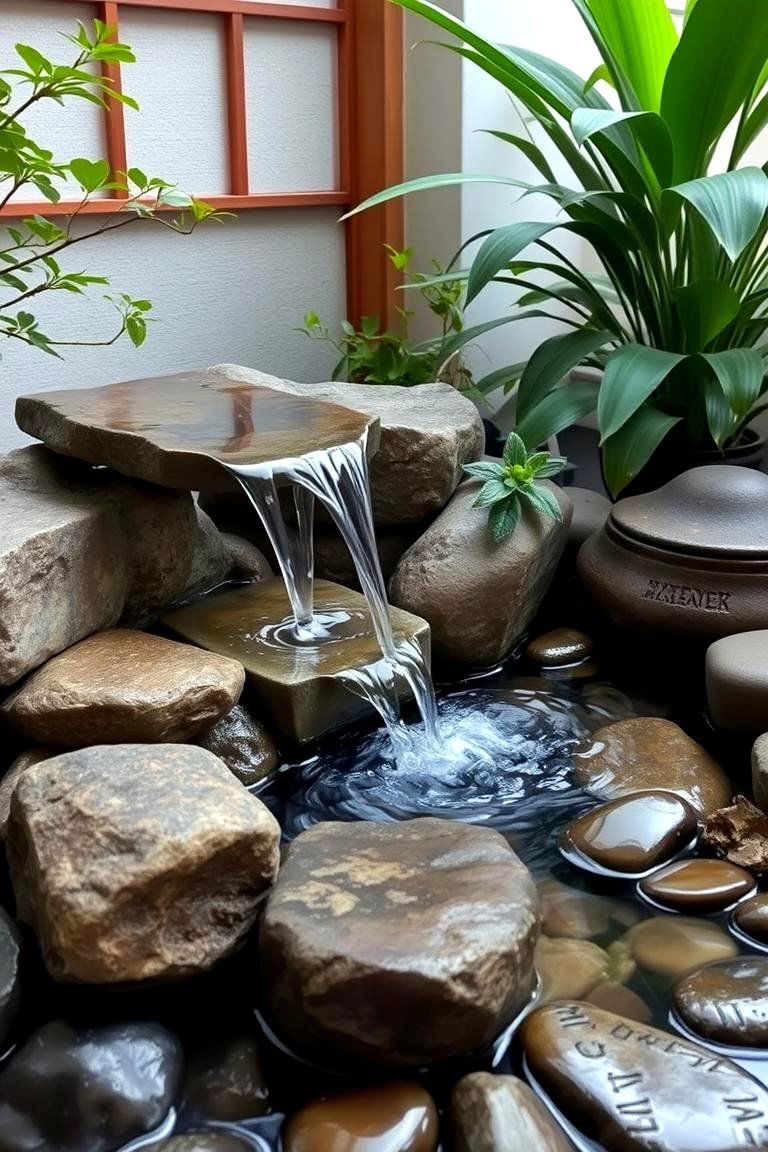
The sound of flowing water is inherently calming and can add a soothing element to your Zen room. Consider incorporating a small indoor fountain or a tabletop water feature. The gentle trickling sound can help to mask other noises and create a peaceful and meditative atmosphere. The visual element of moving water can also be quite relaxing.
18. Incorporate Earthy Elements
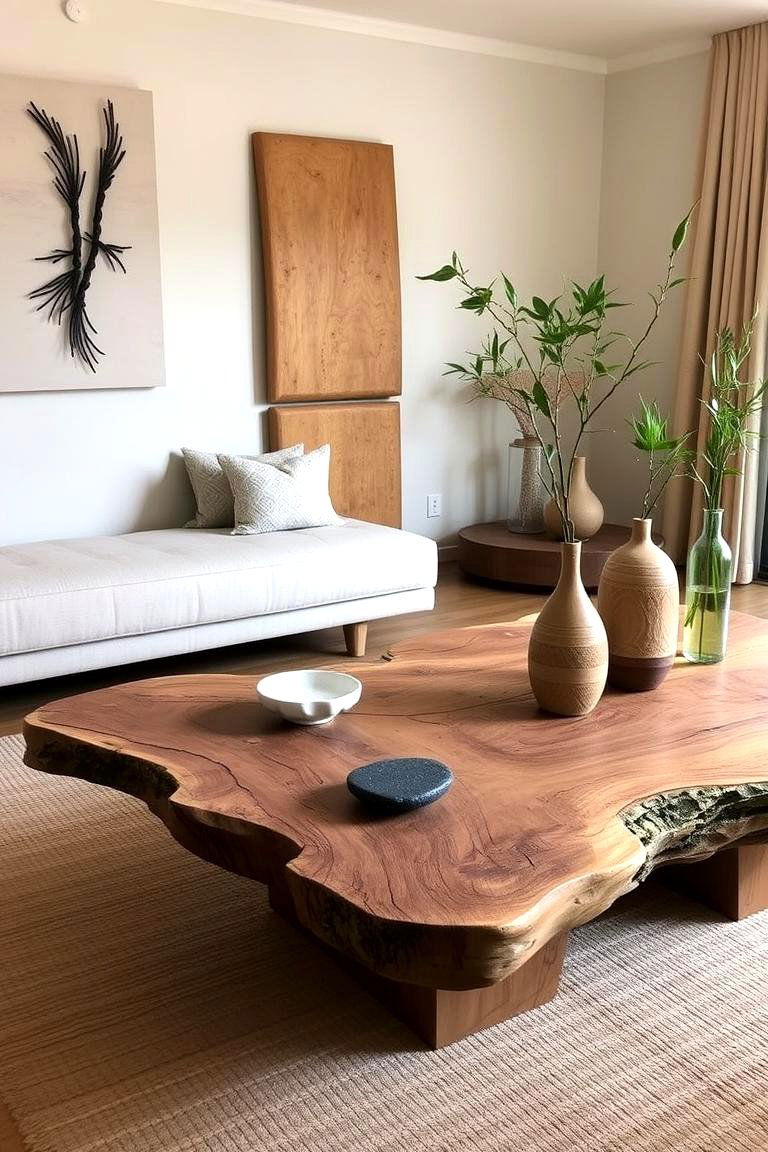
Connecting with nature is a key aspect of Zen philosophy. Introduce earthy elements into your room through natural materials like wood, stone, and bamboo. These materials bring a sense of grounding and organic warmth to the space. Consider a wooden side table, stone coasters, or bamboo accents in your decor to enhance the natural feel.
19. Utilize Mood Lighting
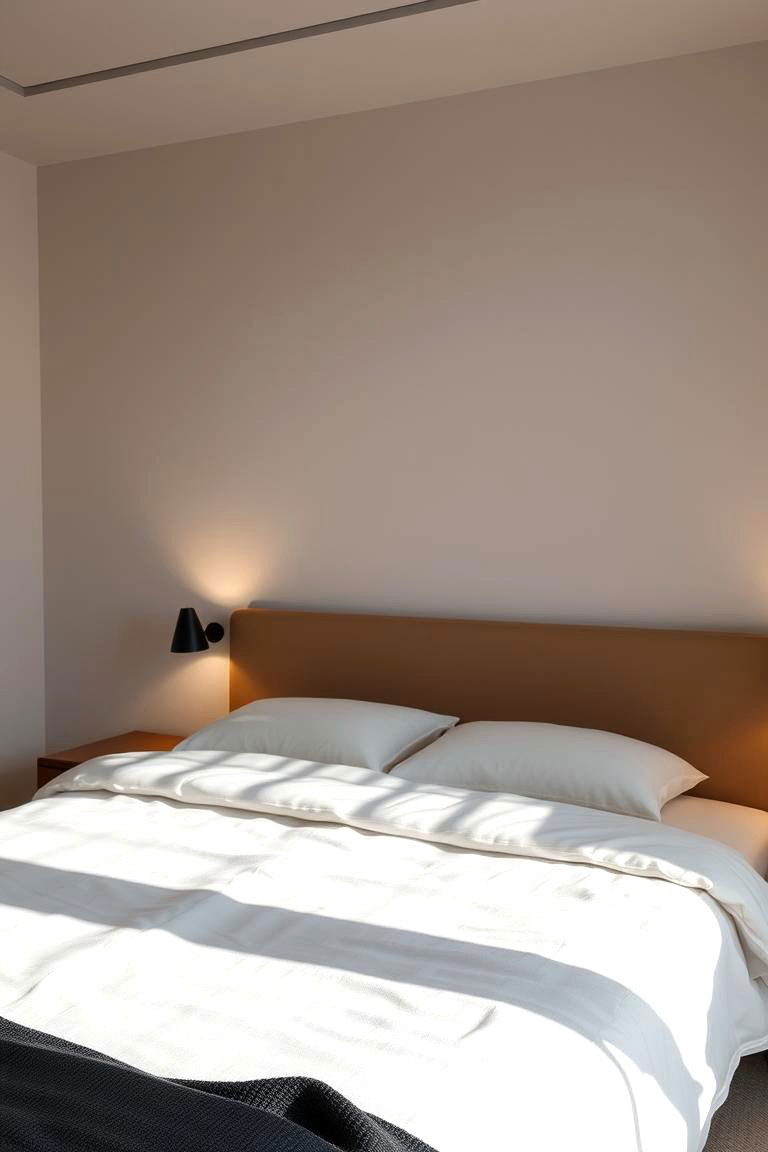
The type of lighting in your Zen room can significantly impact its ambiance. Opt for soft, warm lighting rather than harsh overhead lights. Dimmable lights are ideal as they allow you to adjust the intensity to suit your mood and activity. Consider using lamps with soft, diffused light or even candles (with caution) to create a relaxing and intimate atmosphere.
20. Introduce a Comfortable Rug
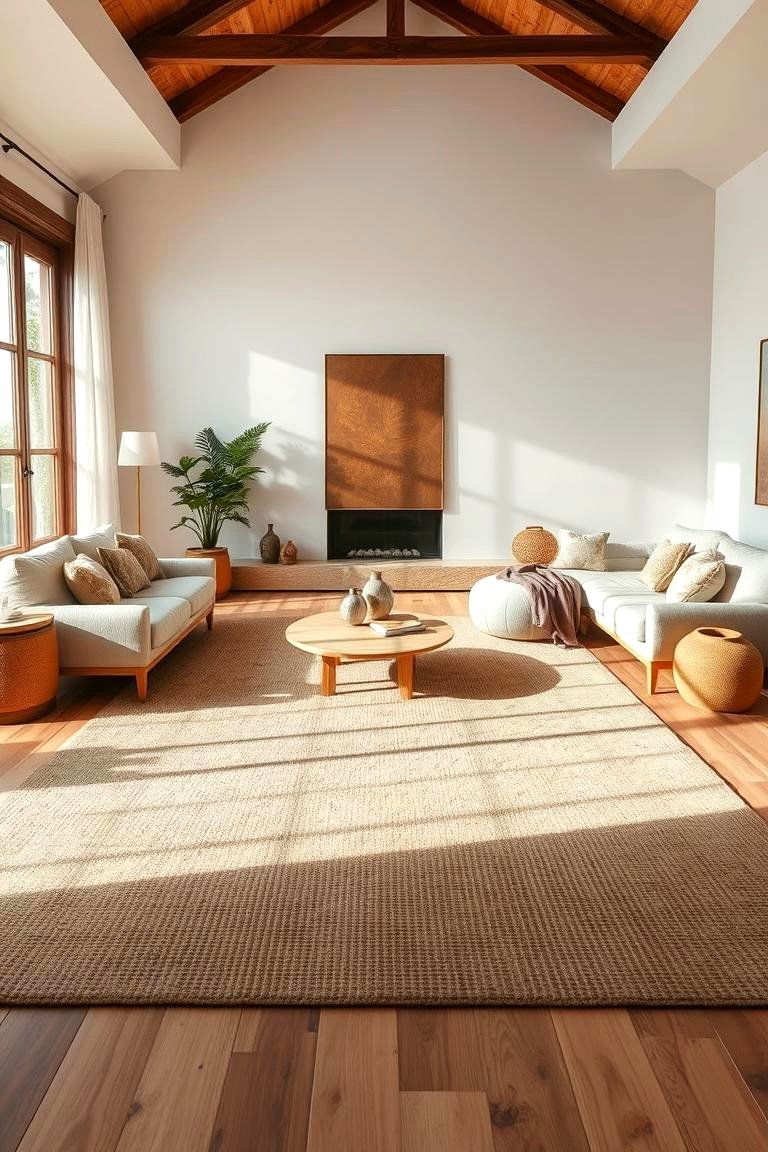
A soft and comfortable rug can anchor your Zen room and add a layer of warmth and texture. Choose a rug made from natural materials like wool or cotton in a calming color or subtle pattern. A rug not only feels pleasant underfoot but also helps to absorb sound, contributing to a quieter and more peaceful environment.
21. Install Privacy Curtains
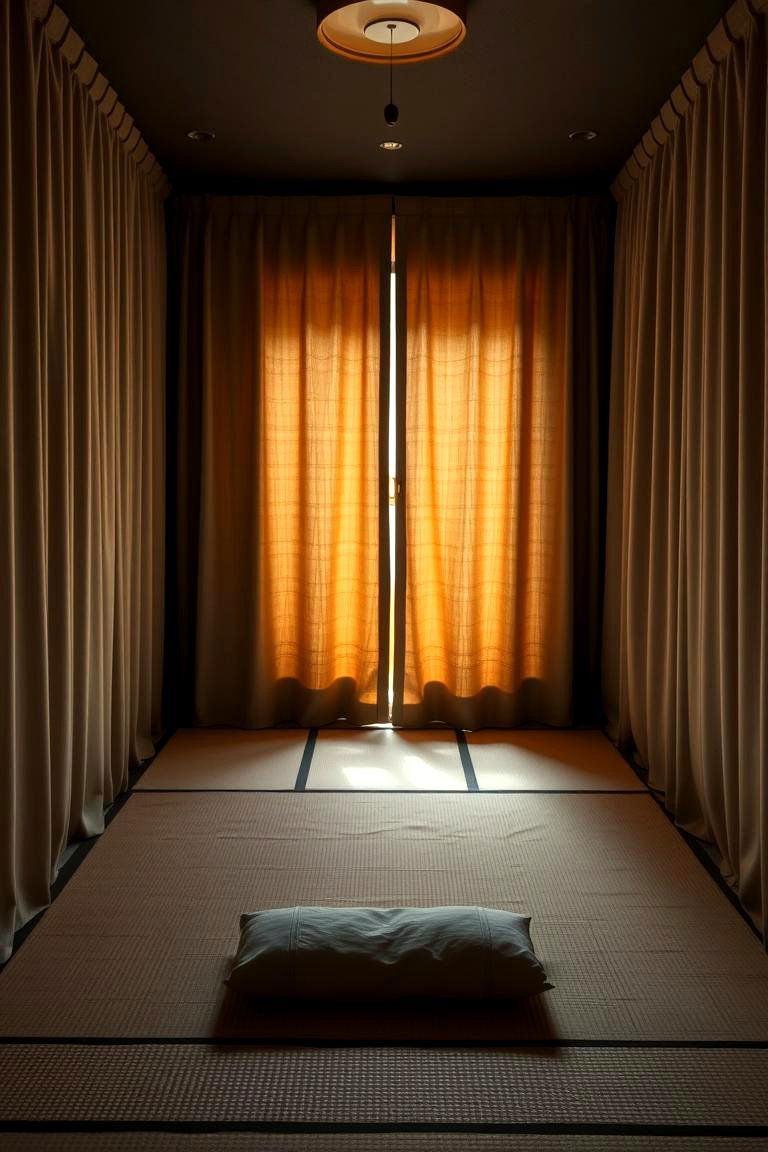
To create a sense of seclusion and tranquility, consider installing privacy curtains in your Zen room. These curtains can block out unwanted views and provide a feeling of security and intimacy. Choose curtains in a soft, flowing fabric and a calming color that complements the overall aesthetic of the room.
22. Display Inspirational Quotes

Subtly incorporating inspirational quotes or affirmations can add a positive and motivational element to your Zen room. Consider displaying a framed quote that resonates with you or placing small cards with affirmations in areas where you will see them regularly. These gentle reminders can help to cultivate a positive mindset.
23. Create a Journaling Station

Journaling can be a powerful tool for self-reflection and mindfulness. Set up a small journaling station in your Zen room with a comfortable notebook, a nice pen, and perhaps a small lamp. This dedicated space encourages you to take time for introspection and writing down your thoughts and feelings.
24. Establish a Gratitude Corner
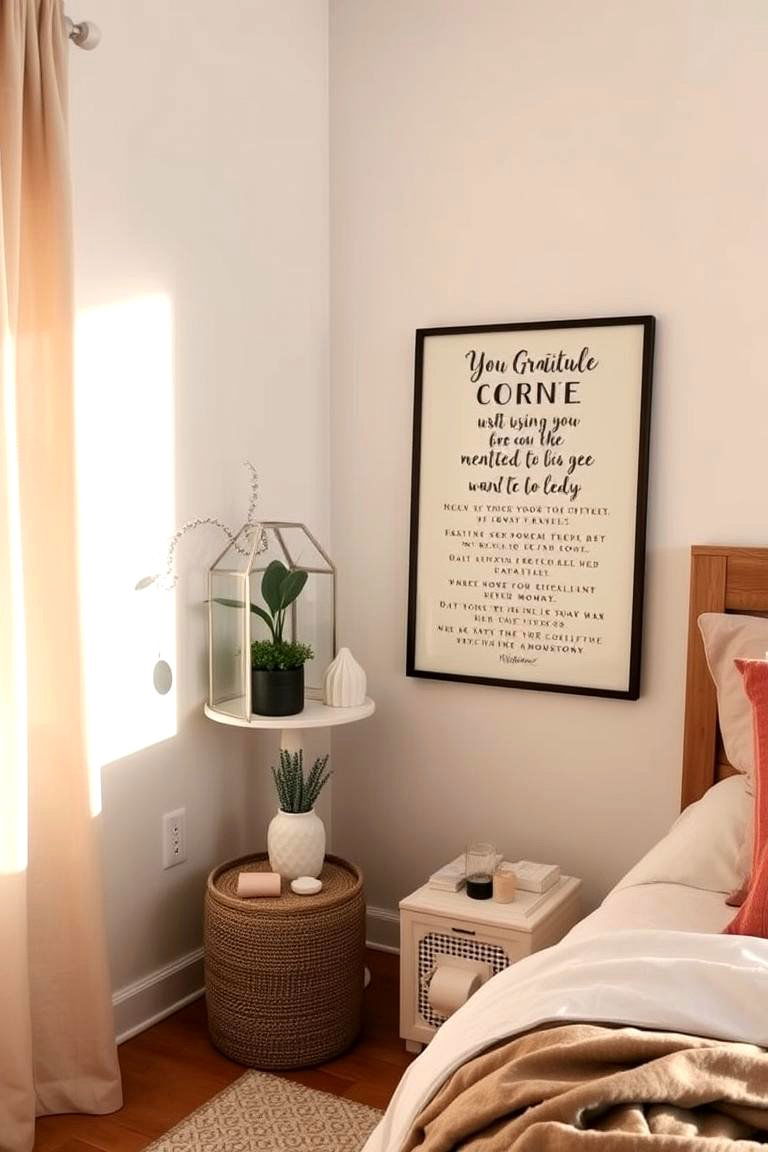
Cultivating gratitude is a key aspect of well-being. Designate a small corner in your Zen room as a gratitude corner. This could be a shelf with meaningful objects, a vision board, or simply a space where you can sit and reflect on the things you are grateful for. This serves as a visual reminder to appreciate the positive aspects of your life.
Conclusion:
Creating a Zen room is a deeply personal journey, and the beauty lies in tailoring the space to your individual needs and preferences. By thoughtfully incorporating elements of minimalism, nature, and mindful design, you can transform a simple room into a powerful sanctuary for peace and rejuvenation. Remember that the goal is to cultivate an environment that supports your well-being and encourages a sense of calm in your daily life. Embrace these 24 Zen Room Ideas as a starting point to inspire your own unique haven of tranquility.


